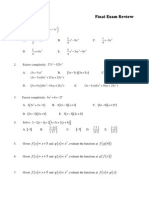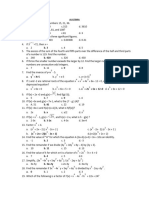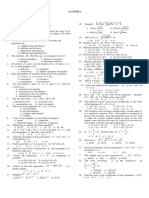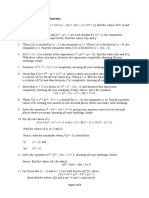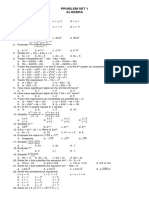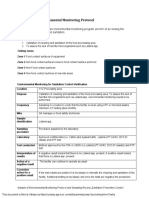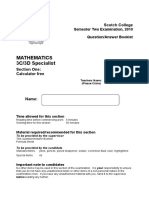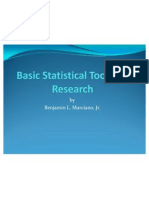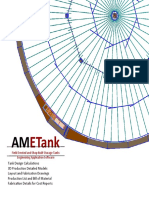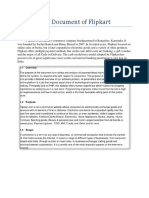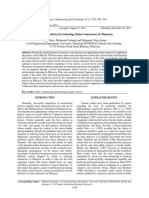0% found this document useful (0 votes)
120 views6 pagesExcercise - 02 - Basic Mathematics
This document contains 28 math word problems. The problems cover a variety of topics including algebra, equations, exponents, roots and more. Most problems have 4 multiple choice answers to choose from.
Uploaded by
aryan431604Copyright
© © All Rights Reserved
We take content rights seriously. If you suspect this is your content, claim it here.
Available Formats
Download as PDF, TXT or read online on Scribd
0% found this document useful (0 votes)
120 views6 pagesExcercise - 02 - Basic Mathematics
This document contains 28 math word problems. The problems cover a variety of topics including algebra, equations, exponents, roots and more. Most problems have 4 multiple choice answers to choose from.
Uploaded by
aryan431604Copyright
© © All Rights Reserved
We take content rights seriously. If you suspect this is your content, claim it here.
Available Formats
Download as PDF, TXT or read online on Scribd
/ 6






